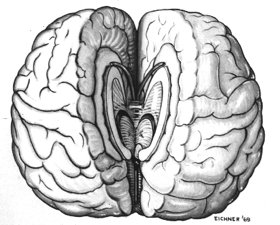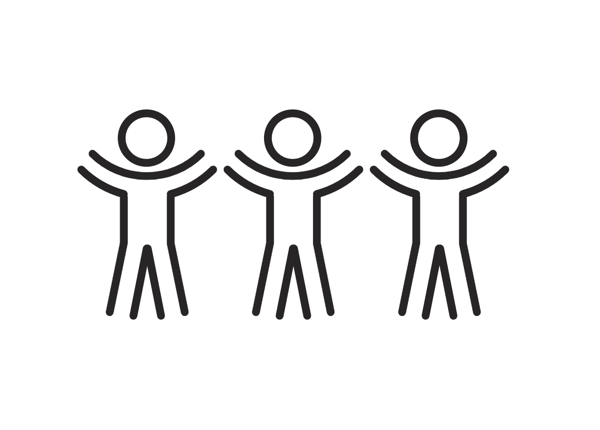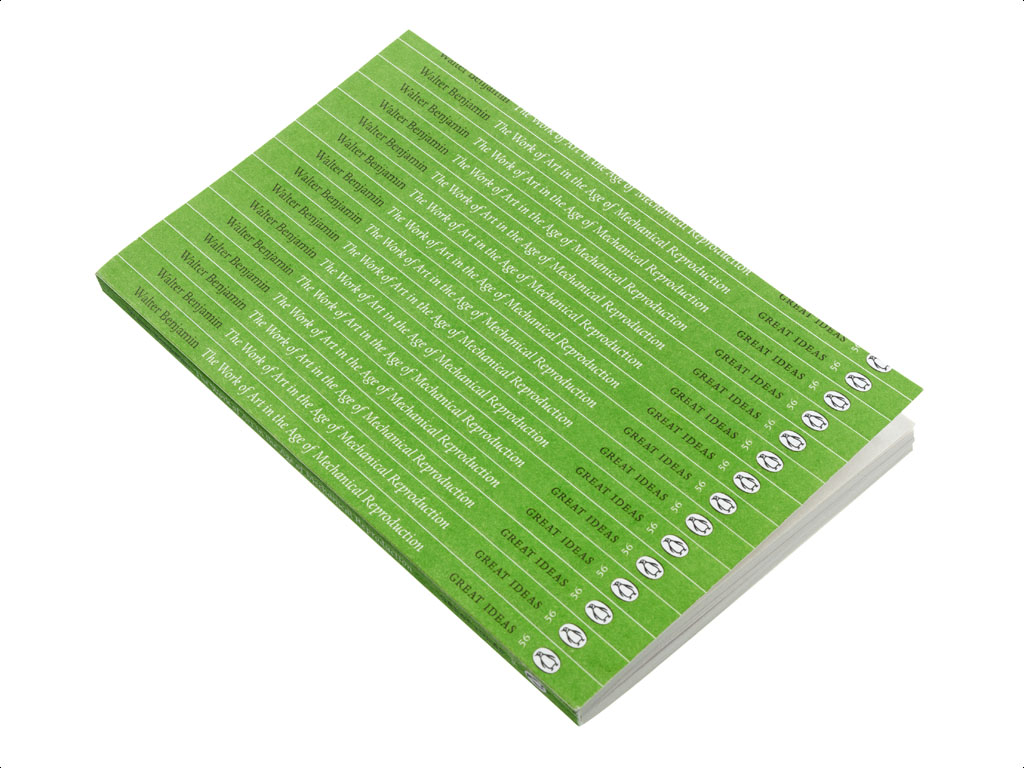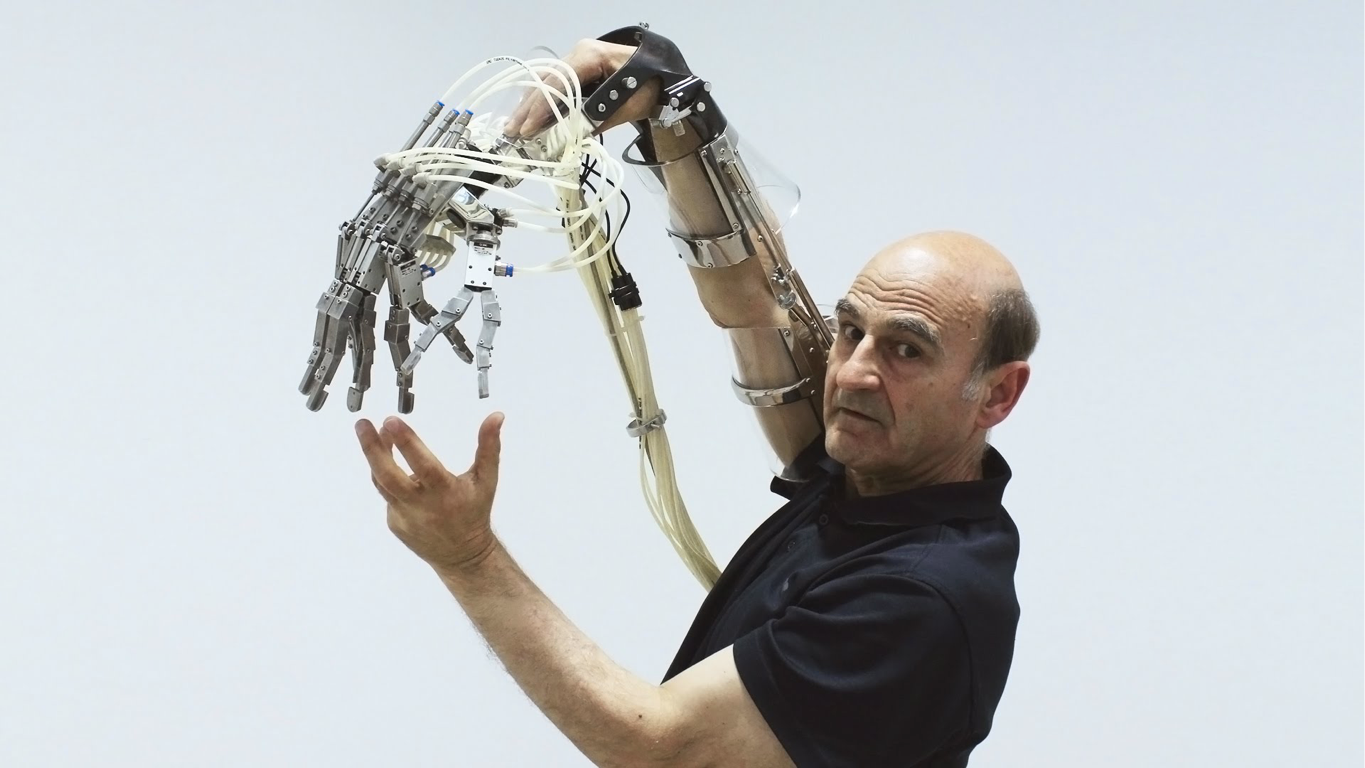Heteronyms, Tulpas, and the End of Monolithic Identities
Part 1.

Consider split-brain cases from medical literature. These are cases from the 1950s of neurosurgical patients who had their corpus callosum, a bundle of neural fibres connecting the two brain hemispheres, severed as a very drastic treatment for epilepsy.
In the months following the operation, some patients were unable to speak, while others had no problem at all. All of the patients recovered fully within a year, and seemingly behaved no differently than they before surgery. That is, until two neuroscientists, Michael Gazzaniga and Roger W. Sperry, decided to look more closely.

In one of their experiments, a split brain patient was presented with two images, one in each side of the screen so that each will only be viewed by one eye. For example, a dollar sign on the left visual field and a question mark on the right visual field. When instructed to draw what he saw using his left hand (controlled by the right hemisphere), the patient drew a dollar sign. But when asked to verbally state what he just drew, the patient responded that he drew a question mark. It turns out that the left hemisphere, responsible for speech production, had no idea what the right hemisphere controlling his hand was up to.
In another experiment, the experimenters asked a split-brain child (Paul S.) what he wants to be when he grows up. When they asked the question to Paul’s left hemisphere, he wrote: “an automobile racer.” When they asked the other hemisphere the same question, Paul S. had a different response: “a draftsman.”
Philosopher Derek Parfit famously used such cases of split personality (which, to be clear, comprise a small percentage of all split-brain cases) to argue against the “necessary unity of consciousness,” the idea that a brain can only support one stream of thoughts and experiences, a singular personhood.

Consider Fernando Pessoa, the Portuguese poet, who published under 75 different personalities. He called those personalities heteronyms, and each had its own distinctive history and voice. Álvaro de Campos was one heteronym; an engineer who sailed to the colonies and fully embraced the futurist movement. Ricardo Reis was another; a doctor who got a classical education and supported monarchy.
It’s unclear what Pessoa’s exact relationship to his heteronyms was; but it’s certain that he didn’t view them as simply figments of his imagination, like characters in a book. Indeed, he proclaimed that he had “divided all [his] humanness among the various authors” and that he considered his identity of Fernando Pessoa as “less real, less substantial, less personal” than any of those “fictional” identities.

Consider the tulpa community on Reddit. Tulpas are defined as “autonomous consciousnesses” living inside one’s brain that have their own opinions, feelings, and form. People on the Tulpa subreddit deliberately try to cultivate them —and there are very detailed guides out there for how to do that. Those guides reveal that growing a tulpa not an easy task: it takes hours and hours of practice for a tulpa to finally achieve sentience.
Tulpa “hosts” (i.e. people who grow tulpas) have been the subject of many journalistic pieces, all of which invariably conclude that they are, for the most part, functional members of society that actively benefit from having the tulpas around.

We live in a world where almost everyone is convinced that one brain equals one agent, one vantage point, one identity. And that to be sane in this world means experiencing everything through that one identity at all times. Our lives are structured around fulfilling the desires of that one identity. We try to associate our identity with the best opinions, the best taste, the best politics. We believe in the moral importance of that identity expressing itself in the world.

But what those counter-examples show us is that identity is a fiction, a convenience, or a disciplinary tool to hold bodies accountable over time for their behaviour. Strange alternatives can be found everywhere in humanity’s past and present. I think it is really urgent that we start taking those alternatives seriously. The reason why, I will explain in a bit.
But for now, let’s talk about art theory.
Part 2.

Consider Walter Benjamin’s The Work of Art in the Age of Mechanical Reproduction. It’s a classic work of art theory written back in 1936.
It talks about how the mechanical reproduction of art, i.e. the ability to mass-distribute artworks (still nascent at the time), will forever change the way we perceive art. Once artworks can be so easily copied, they inevitably lose their “aura,” a term Benjamin employs to describe the uniqueness and authenticity of an artwork — or, to use his words, “its presence in time and space, its unique existence at the place where it happens to be.”

Now let’s think about another kind of reproduction, the reproduction of identity.
Imagine you could take everything you believe makes you who you are (which may include name, race, gender, sexual orientation, birth date, skills, interests, flaws, inspirations, learning style, religion, devotion, superstitions, politics, morality, outlook on life, motto, taboos, vices, virtues, etc.) and represent it as an n-dimensional vector.
Now imagine being able to derive that vector from the troves of offline and online data you generate every day — such as your social media posts or your browsing history.
Then imagine you have a program that takes that vector as input to produce a digital copy, or impersonation, of you.

Nobody knows how long it will take for human emulations to appear. AI experts are notoriously bad at predicting such milestones. (For a good demonstration of this, watch this video from 2012 where a room filled with giants of the field erupts into laughter over someone’s suggestion that the board game Go will be solved within the decade. It took four years.)
As an artist-technologist, my first impulse when trying to understand the implications of a potential future is to build a prototype of it. So in order to playfully explore a future with human emulations, I created Social Copy. It is a chatroom for simulations of real people.

When you sign up, it analyses the vocabulary of your Facebook posts to predict your personality, based on the Big Five personality model widely used in psychology research.
It then creates an AI-based “copy” with the same personality traits as you. Your copy proceeds to start endless conversations with the simulated copies of other people. They range from idle small talk to the most pressing questions of life.
Part 3.
Let’s revisit Walter Benjamin and his prediction.
Benjamin correctly predicted the demise of fine art, which today has become more of a money laundering mechanism than anything else. Yet the new arts enabled by reproduction, i.e. recorded video and music, are doing better than ever. Even in the context of “capital-A” art, visual art has given way to kinds of art that are more participatory and contextual, resisting reproduction — performance art, relational art, interactive art.
This suggests the following about identity reproduction: the aura of the individual, what we call “personality cult,” is likely to disappear as soon as identity reproduction is possible. Charismatic leaders (both saints and monsters) will hold much less appeal when anyone is able to run a copy of them on their local machine. Since the reward of cultivating a unique personality will decrease so sharply when reproduction becomes available, few people will invest their lives doing it.
New identities will emerge to replace our current monolithic identities. They will be more temporary and purposeful, characterised by a clear function and context — an intellectual, emotional, or political one. The good news is that we won’t have to imagine them those alternatives from scratch; strange forms of identity exist everywhere throughout history, as we saw in the first part.


I believe art can play a big role in shaping this transition. A lot of performance and conceptual art can be seen as a way to explore new forms of identity. Not just the techno-grotesque art of Stelarc, who investigates augmenting the human body with cybernetic parts, but also the contractualist art of Tehching Hsieh, who did “one year performances” such the Outdoor Piece, in which he never entered any building or shelter for a year, or the Rope Piece, in which he spent every day between 4 July 1983 and 4 July 1984 tied to another artist (Linda Montano) with a 8-foot-long rope.
I’ll share two projects of mine that try to anticipate new forms of identity:

Antipersona is an app that simulates the experience of using Twitter as if you’re signed in from any user account of your choice, providing a window into someone else’s social media point-of-view. What if we could exchange identities with each other, turning them into a new kind of commons?

I Want to Fit In is a website that guides you through the process of changing your identity to more closely fit the average personality in a given area. What if we thought of identity as an adaptation strategy instead of an all-encompassing narrative?

As tech corporations spend an enormous amount of resources attempting to “understand us,” one way of resisting that is building anti-surveillance tools to protect or obfuscate our information. A different way is to reject the rules of this cat-and-mouse game altogether, and instead build tools that make it easier to have fluid, multiple, or shared identities, rendering the goal of “understanding us” meaningless. I am betting the latter course is the more viable one.
Notes
The first part is inspired by Kevin Simler’s fantastic essay Neurons Gone Wild.